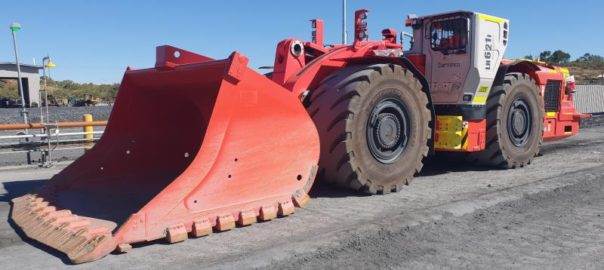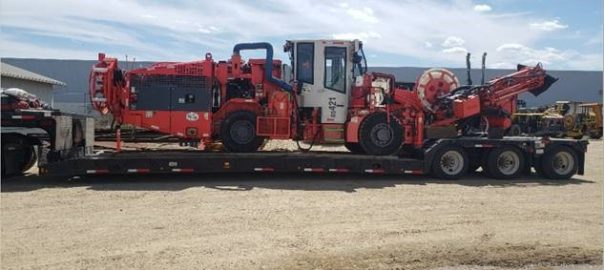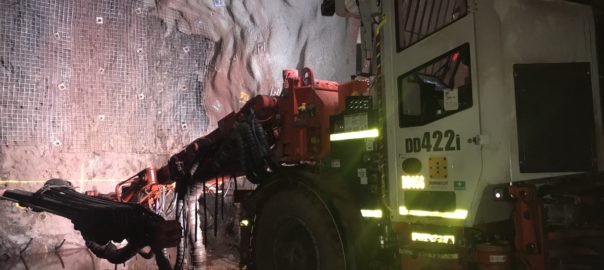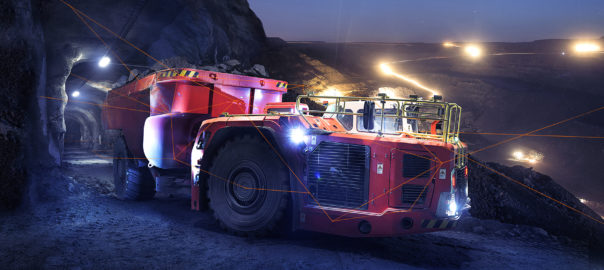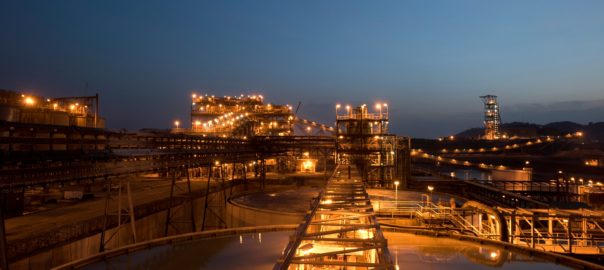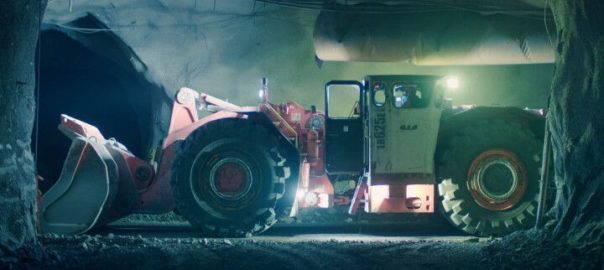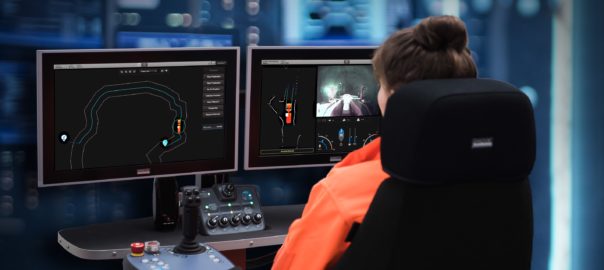Sandvik is reintroducing the Toro™ family name to its underground hard-rock loaders and trucks, with some of its i-series models set for the treatment later this year.
The Toro family name has been recognised by Sandvik underground mining customers for decades and now Sandvik is bringing back the bull, firstly with the large intelligent loaders Toro LH517i and Toro LH621i, it said.
“Toro, ‘the bull’, has traditionally symbolised the strength of Sandvik underground hard-rock loaders and trucks since the first model was introduced in the early 1970s,” Sandvik said. “Even though the family name has not been used for 15 years, it has never disappeared from the thoughts of the company and many of its customers.”
For the new generation of Sandvik loaders and trucks, the Toro stands for safer, stronger and smarter, according to Sandvik.
Wayne Scrivens, VP Product Line, Load and Haul, explained: “Safety is at the forefront of our product design and crucial for those who work in or around our loaders and trucks. We also believe that environmentally-sound solutions and sustainability principles firmly belong with safety.
“Being strong and powerful is at the very heart of the old Toro. To be robust, reliable and productive in the most demanding of conditions is part of our heritage, and we will keep that with us going forward. Being smart involves seamless integration with Sandvik’s AutoMine® and OptiMine® offering, but it is also about innovation and smart design: eg how we arrange maintenance access, improve efficiency and reduce waste. Developing intelligence on all frontiers is, and will be, one of the key elements of the Toro going forward.”
The large intelligent loaders Toro LH517i and Toro LH621i now come with several design upgrades aimed to further boost productivity, reduce total cost of ownership and improve operator experience, Sandvik said.
Both loaders can now be equipped with a Stage V engine, meeting the most stringent current emission regulations. Operator speed assist, a new feature that will be available with the Stage V engine option, specifically supports downhill tramming and preserves the equipment brakes as the Sandvik Intelligent Control System can be set to limit maximum speed, the company said.
A new traction control system, available as an option, reduces wheel spin and slippage when penetrating the muck pile, extending tyre lifetime.
Finally, a Digital Trainer training simulator has been added to the load and haul equipment range, offering a compact and flexible solution for the safe training of operators, with authentic controls and real loader control system, Sandvik said.
As matching pairs for the large loaders, the 51 t Toro TH551i and 63 t Toro TH663i trucks will be among the first equipment models to acquire the Toro family name.
Both trucks have recently benefitted from several significant design upgrades including, for example, a new transmission, heavy-duty cooler, AutoMine for Trucks with on-surface navigation possibility and an ongoing Stage V engine trial.
Scrivens said: “Customer feedback on the i-series trucks indicates that overall maintenance costs have decreased compared to their predecessors, the Sandvik TH551 and Sandvik TH663: we have also received the same customer feedback on LH517i and LH621i loaders. Reducing costs in addition to the already-reported positive operator feedback clearly shows we are on the right track, which befits the Toro family.”
The fifth model acquiring the Toro family name is the world’s largest payload capacity underground loader, Toro LH625iE. This features a 25,000 kg payload capacity and is electrically powered by a trailing cable.
The Toro LH625iE loader builds on well-proven technology, but also features the i-series intelligence needed for connectivity and digital solutions, Sandvik said.








